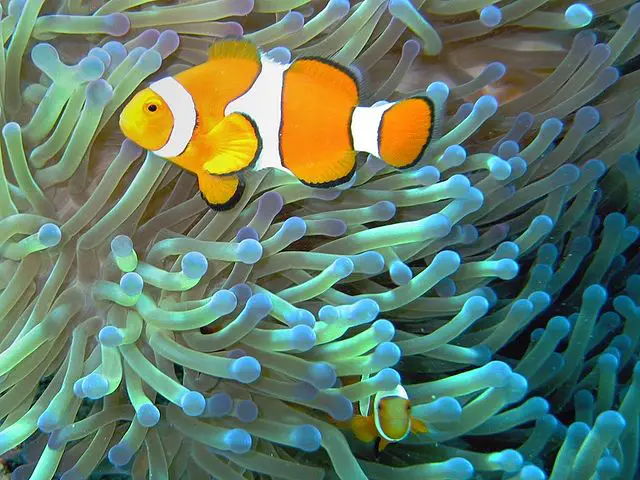Symbiosis is a relationship between organisms which mutually benefits both organisms that are not from the same kind or same species. Symbiosis requires constant physical contact.
Symbiosis comes in different forms.
More on symbiosis
One example of symbiosis is when both organisms need the symbiotic relationship so each can live. This type of symbiosis is referred to as obligate symbiosis.
But there are other circumstances where the symbiotic relationship allows each of the organisms a better chance at surviving, but the symbiotic relationship is not required in order for each organism to survive. This type of symbiosis is called facultative symbiosis. Symbiotic relationships between two organisms do not necessarily need to be the same. For example, an organism can have the obligate symbiosis while the other is into facultative symbiosis.
Much symbiosis also started as facultative symbiosis, but later developed other traits and has become obligate symbiosis. This is because the symbiotic relationship turned into the primary source of shelter, food or enzyme.
There has been some debate on the definition that symbiosis requires close and contact physical contact. In general, symbiosis requires that one of the organisms live on the other organism’s body or make a home inside the body of the organism. But many biologists are now considering the biochemical factors between two organisms when studying symbiotic relationships. Organisms that generate and share proteins, enzymes, as well as other chemicals are referred to as symbiotes.
Organisms that need to make a home inside the body of another organism are called endosymbiotes. Inside the body could also mean to live between the cells or inside body tissues. One example of such is the acoel flatworms or other organisms that love inside the digestive tract of another organism.
Organisms that make a home on another organism’s body is called ectosymbiotes.










